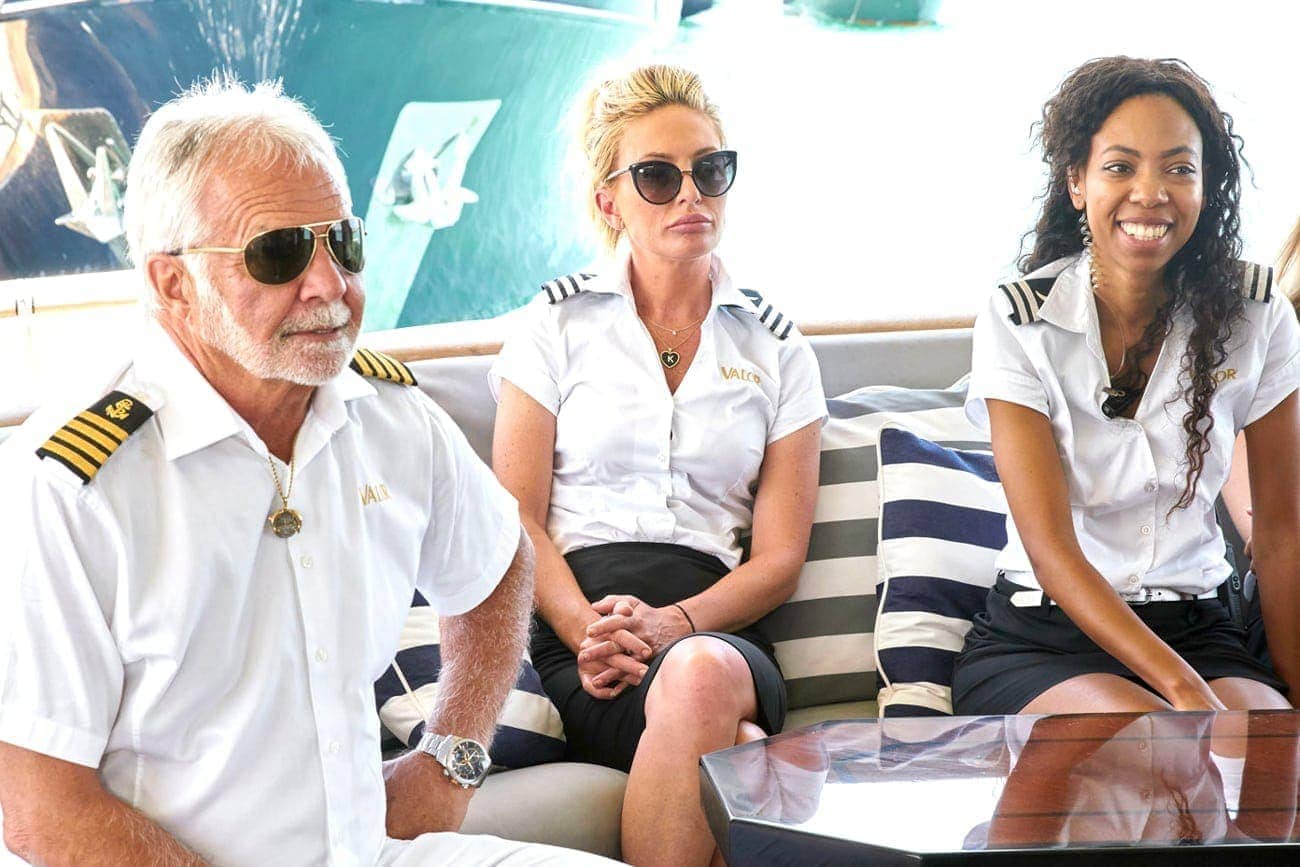

First aired on Bravo in 2013, the reality-TV series Below Deck arrived on Netflix on 1 June. Initially pitched by Bravo as ‘Downton Abbey on a private yacht’, the series pivots on the upstairs-downstairs culture of yachting. As grizzled Captain Lee tells his crew, ‘You’ve got to remember your station. On the boat, your station is to serve.’ Stuck on a boat for a season of charters, with guests demanding rivers of green juice, Below Deck resembles a particularly hellish kind of lockdown — and makes for a cathartic combo of class-conflict and cabin fever.
ArrayAnyone who has ever worked in service knows the customer is Not. Always. Right. Yet, on a superyacht — like the Ohana, the multi-million dollar vessel of Below Deck’s second season — this customer-server dynamic is taken to new extremes. The guests are not only always right; they are entitled gods whose every whim is satisfied without hesitation.
The crew bend over backwards planning entire weddings with barely a day’s notice or making cocktails that sound made up — muddled strawberry and lavender essence? Do you really want that, or do you just want to see if the stewardess will make it for you?

Some charter guests might want a trip round the British Virgin Islands. Most, it seems, just want a power trip. Here’s thirty-two-year-old penny stock trader Timothy Sykes walking along the dock with his nineteen-year-old girlfriend (red flag, isn’t it?), saying, ‘Look, there’s our crew. To serve us. They are our slaves for the next three days.’
Sykes boards the ship, shakes hands with Captain Lee, the three stewardesses, the deckhands, and with the ship’s chef Ben, to whom he says, ‘I’m gonna test you.’ And test him he does. Sykes wants sea cucumber ovaries and molecular gastronomy, while girlfriend Bianca wants quesadillas. Still, Ben rises to the challenge, keeping firmly in mind the possibility of a fat tip if he pulls it off.
ArrayAt the end of the charter, Sykes docks five grand from the $22,000 tip: Ben is apparently bad at following instructions and the ship has slow Wi-Fi. I wanted to transcribe for you Ben’s meltdown upon discovering this. He’s in the kitchen, red-in-the-face screaming at the wall. ‘They want molecular. YES. Fucking’ was the only audible fragment I caught in a long string of bleeps, as Ben punches wildly at the sink.
Of course, being a chef is a high-pressure job, and chefs losing their shit on TV is now a well-worn trope. Rarely, though, are they yelling at the walls. Ben’s outburst is the release of weeks and weeks of pent-up tension.

Because, above all else, Below Deck is about cabin fever. Beyond its income-inequality voyeurism and the way the series draws you inside an uber-specific world with its specialised language and skills (the stars really have to work, being a ‘yachtie’ is no joke) what we have here is a group of people voluntarily quarantining together.
The team work and live together 24/7, and ‘close quarters’ doesn’t do it justice. It’s a wonder a film crew fit in the narrow corridors and cupboard-sized rooms downstairs. Over the course of a series, as pressure accumulates (both above and below deck) it’s as if the thin walls are closing in, like the trash compactor in Star Wars.
That claustrophobia is what makes Below Deck perfect lockdown viewing. As the yachties’ world contracts, ours seems to expand. As their muscles tense, ours relax. Sooner or later, we’ll all emerge, blinking, onto dry land.




